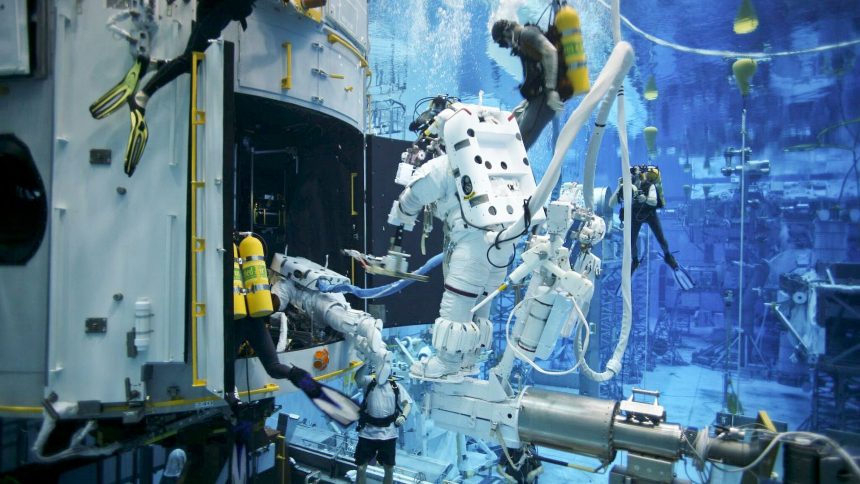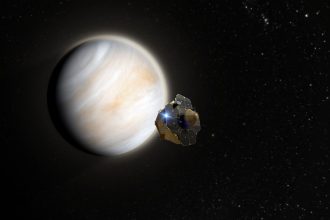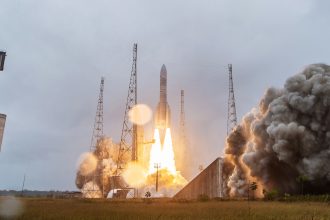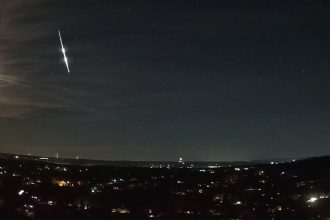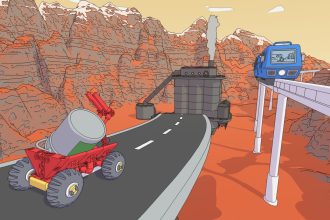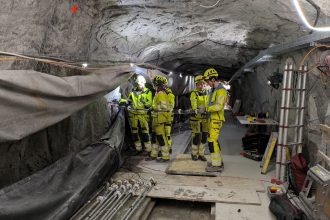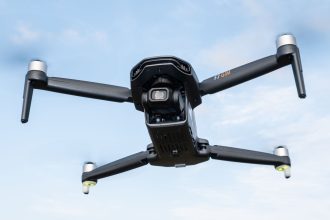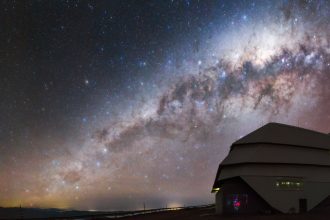This article was originally published at The Conversation. The publication contributed the article to Space.com’s Expert Voices: Op-Ed & Insights.
Humanity’s drive to explore has taken us across the solar system, with astronaut boots, various landers and rovers’ wheels exploring the surfaces of several different planetary bodies. These environments are generally hostile to human and equipment health, so designing and executing these missions requires a lot of planning, testing and technological development.
You may like
One way to test out techniques and identify situations that may arise during a real mission is using a simulation, which in this field is more commonly known as an analog. Researchers choose and design analog missions and environments to replicate elements of a real mission, using what is available here on Earth.
These missions are conducted in extreme environments on Earth that are comparable to the moon or Mars, in habitats designed to replicate living quarters, or a combination of both. Researchers can use analogs to study crew performance and procedures, or to test instruments under development for use in space.
For example, operating a drill or wrench may seem easy here on Earth, but try doing the same task in thick gloves on a bulky, pressurized space suit in lower gravity. Suddenly, things aren’t so straightforward. Testing these scenarios on Earth allows researchers to identify necessary changes before launch. The analogs can also train crew members who will one day undertake the actual mission.
I’m a planetary scientist, which means I study the geology of other planets. Currently, I study environments on Earth that are similar to other planets to improve our understanding of their counterparts elsewhere in the solar system. I participated as a volunteer in one of these analog missions as an “analog astronaut,” serving as the crew geologist and applying my prior research findings from studying the surfaces of the moon and Mars.
These analog missions vary in setting, length and intensity, but all aim to learn more about the human factors involved in space exploration.
Where do we send them?
Analog missions are designed to simulate the crew’s experience in a given mission plan. In some cases, they simulate surface operations on the moon or Mars for up to a year. Others might replicate the experience of being in transit to Mars for a period of time, followed by the crew “landing” and exploring the surface.
NASA uses several analog mission facilities spread across the world. For example, the Mars Desert Research Station in Utah is located in an environment chosen to imitate conditions on Mars, while analog missions at Aquarius, an undersea research station off the coast of Florida, help scientists learn about crew behavior and psychology in a confined habitat located in a hostile environment.
You may like
Some natural environments are commonly used for analog operations, such as volcanic terrains in the western U.S., human-made craters in Nevada, the natural meteor crater in Arizona and research stations in Antarctica. These locations mirror the geologic settings the crews are likely to encounter on future missions, and so training in these locations helps them execute the actual missions.
I participated in a simulated 28-day lunar surface mission at a facility called Hi-SEAS as part of a study on crew dynamics and psychology in extreme isolation. The facility is located on Mauna Loa, a volcano on the big island of Hawaii. This habitat has been used for a variety of studies, as the volcanic terrain is reminiscent of both the moon and parts of Mars, and the isolated location simulates being in space.
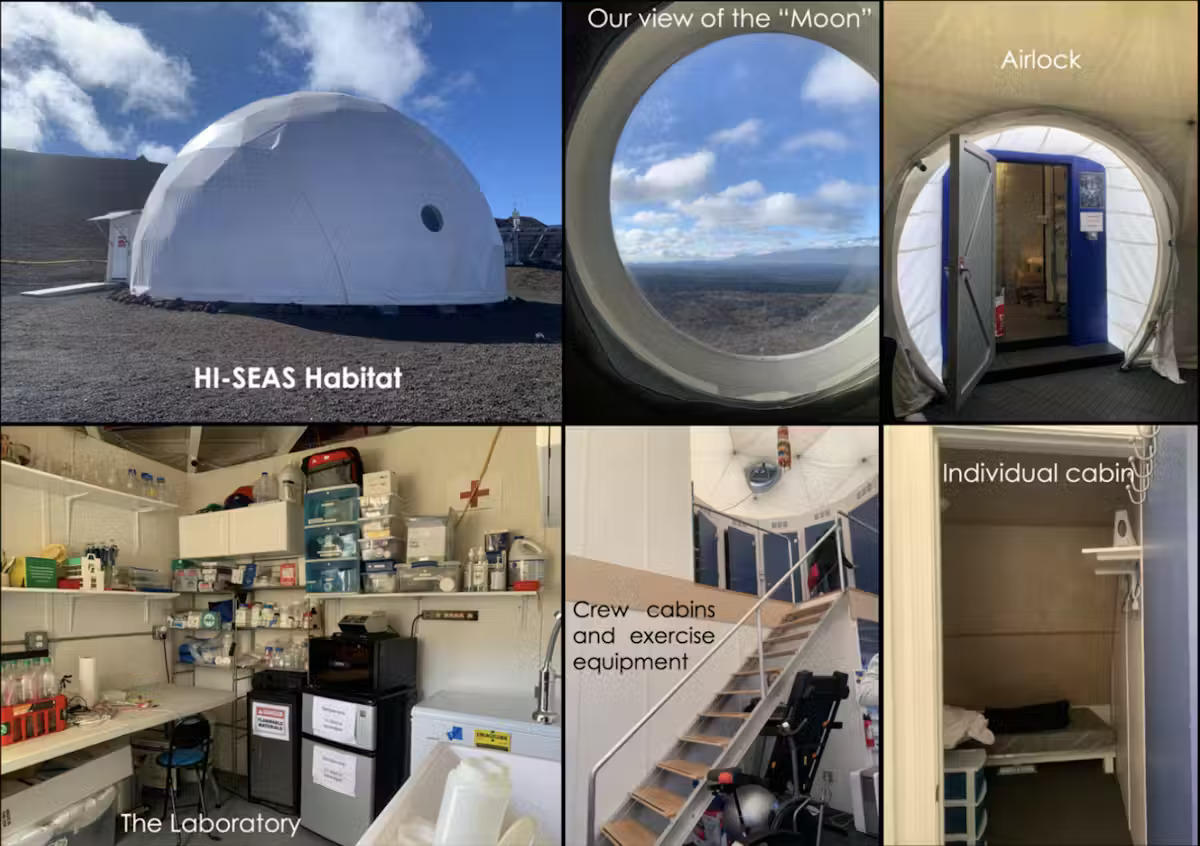
The HI-SEAS Habitat, which recreates the conditions of living and working on the Moon, is located in Mauna Loa, Hawaii. (Image credit: Jordan Bretzfelder via the Conversation)
Analog mission crews
Most missions require applicants to hold relevant degrees. They must undergo physical health and psychiatric evaluations, with the goal being to select individuals with similar backgrounds to those in the astronaut corps. The ideal crew is typically made up of participants who work and live well with others, and can stay cool under stress.
Crews also include at least one person with medical training for emergencies, as well as a variety of scientists and engineers to operate the habitat’s life support systems.
The experiences of each crew varies, depending on the mission design, location and makeup of the crew. My mission was designed so that the six crew members would not have any information about our crewmates until we arrived in Hawaii for training. In addition to geology expertise, I also have some medical training as a Wilderness First Responder, so I was there to assist with any medical issues.
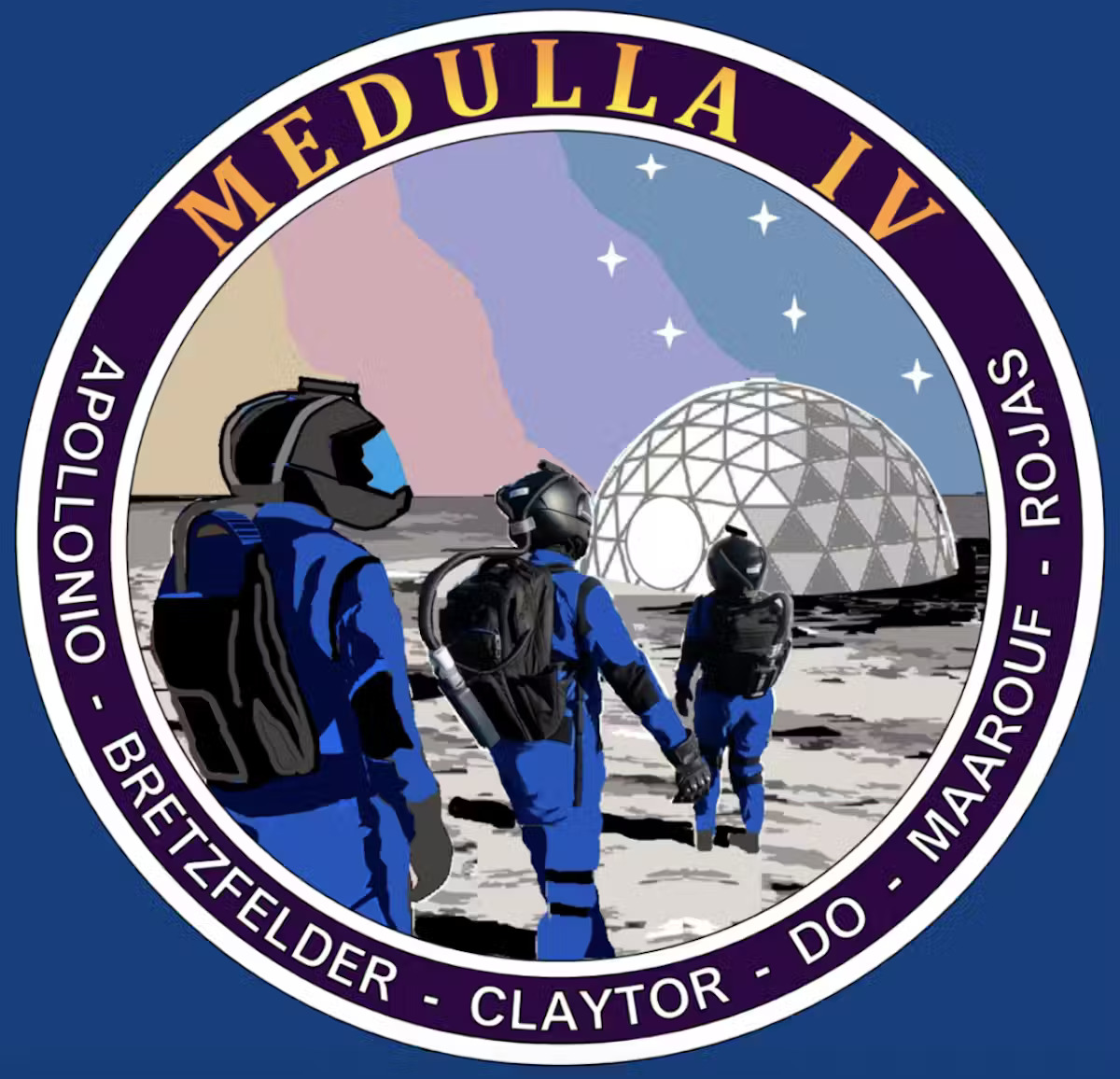
The mission patch from the lunar analog mission. (Image credit: The Conversation)
Daily life on an analog mission
Once in Hawaii, the crew spent three days learning how to operate the habitat systems, including the hydroponic garden and solar panels. We practiced emergency procedures and were taught how to perform other tasks.
After that orientation, we were deployed to the habitat for 28 days. We turned in our phones to mission control and could only access the internet to check emails or use a few preapproved websites required for our daily duties. Our days were scheduled with tasks from wake up, about 6:30 a.m., to lights out, about 10 p.m.
The tasks included a variety of exercises to assess individual and group performance. They included individual assessments – similar to a daily IQ test – and group computer-based tasks, such as team 3D Tetris. The researchers remotely monitored our interactions during these activities, and the results were analyzed as the mission progressed. They used our fluctuating performance on these activities as a proxy for estimating stress levels, group cohesion and individual well-being.
Additionally, we went on two-to-three-hour extra-vehicular activities, or excursions outside the habitat, on alternating days. During these expeditions, we conducted geologic investigations on the volcano. On our “off days,” we spent two hours exercising in the habitat. We had to be fully suited in a mock spacesuit any time we went outside, and we had to be careful about the airlock procedures. We were never outdoors alone.
We could only eat freeze-dried and powdered foods, aside from what we were able to grow in the hydroponic system. We had no additional food delivered during our stay. Water was also rationed, meaning we had to find innovative ways to maintain personal hygiene. For example, a bucket shower one or two times per week was allowed, supplemented by “wilderness wipe” baths. As someone with a lot of very curly hair, I was happy to figure out a method for managing it using less than two liters of water per week. We were also permitted to do laundry once during our stay, as a group. Sorting through your crewmates’ wet clothes was certainly one way to bond.
Though physically demanding at times, the workload was not unreasonable. We were kept busy all day, as certain everyday tasks, such as cooking, required more effort than they might need in our normal lives. Preparing nutritionally balanced and palatable meals while rationing our very limited resources was hard, but it also provided opportunities to get creative with recipes and ingredients. We even managed to bake a cake for a crew member’s birthday, using peanut butter protein and cocoa powders to flavor it.
After dinner each night, we shared the pre-saved movies and shows we had each brought with us into the habitat, as we could not access the internet. Those of us who had brought physical copies of books into the habitat would trade those as well. One crew member managed to acquire a downloadable form of the daily Wordle, so we could still compete with our friends back home. We also played board games, and all of these activities helped us get to know each other.
Though different from our typical daily lives, the experience was one of a kind. We had the satisfaction of knowing that our efforts advanced space exploration in its own small way, one IQ test and slapdash cake at a time.
This article is republished from The Conversation under a Creative Commons license. Read the original article.


